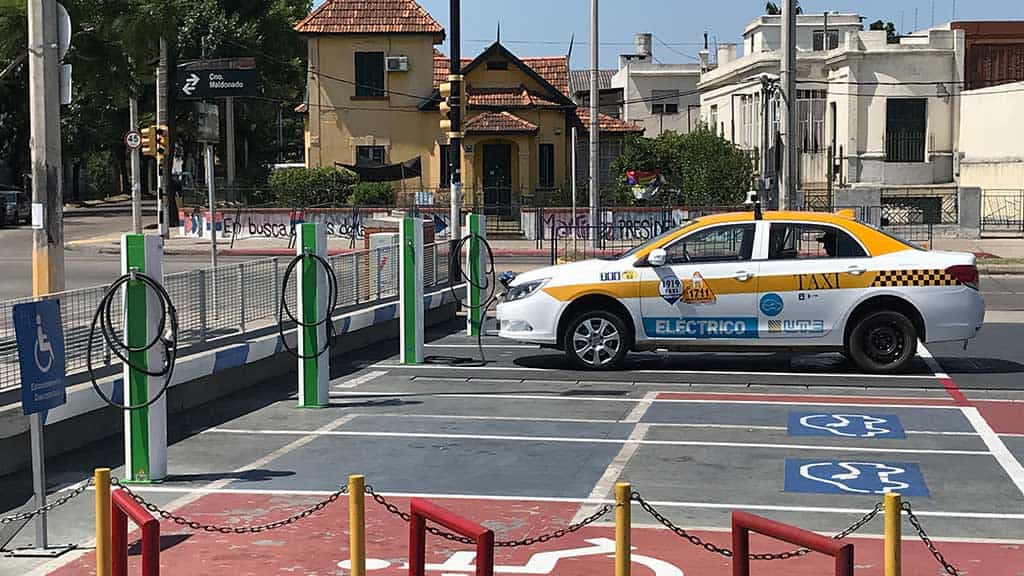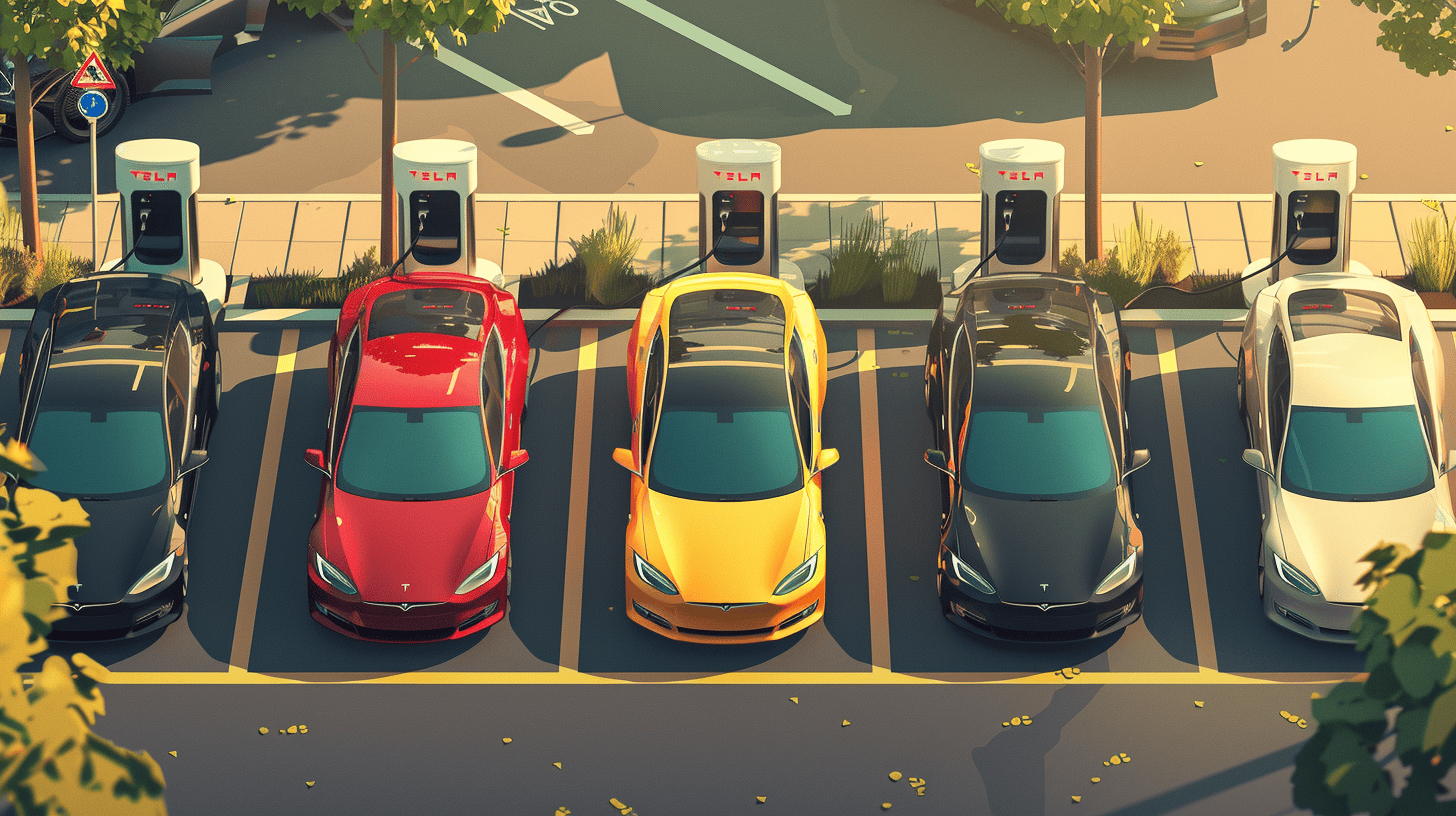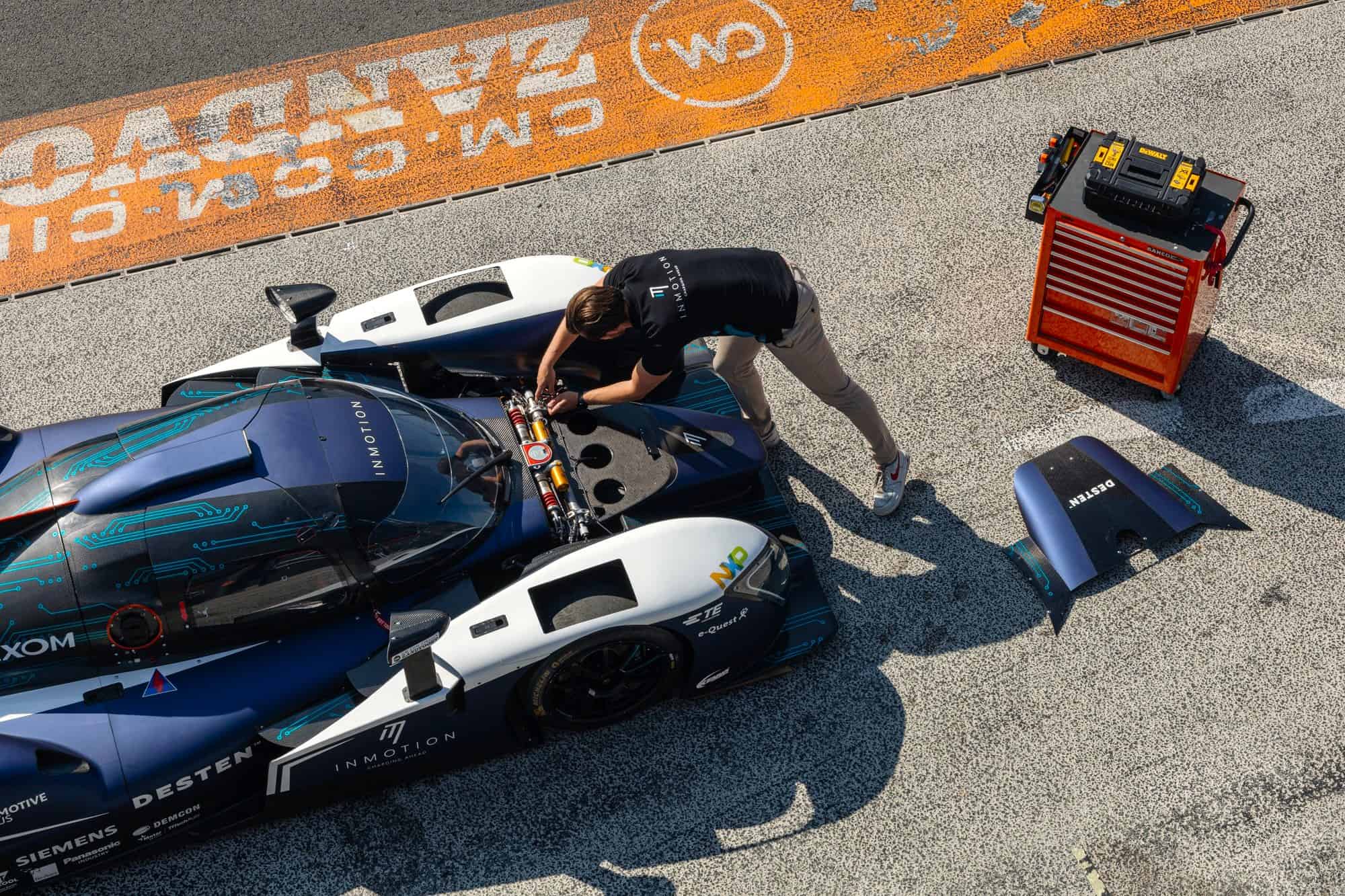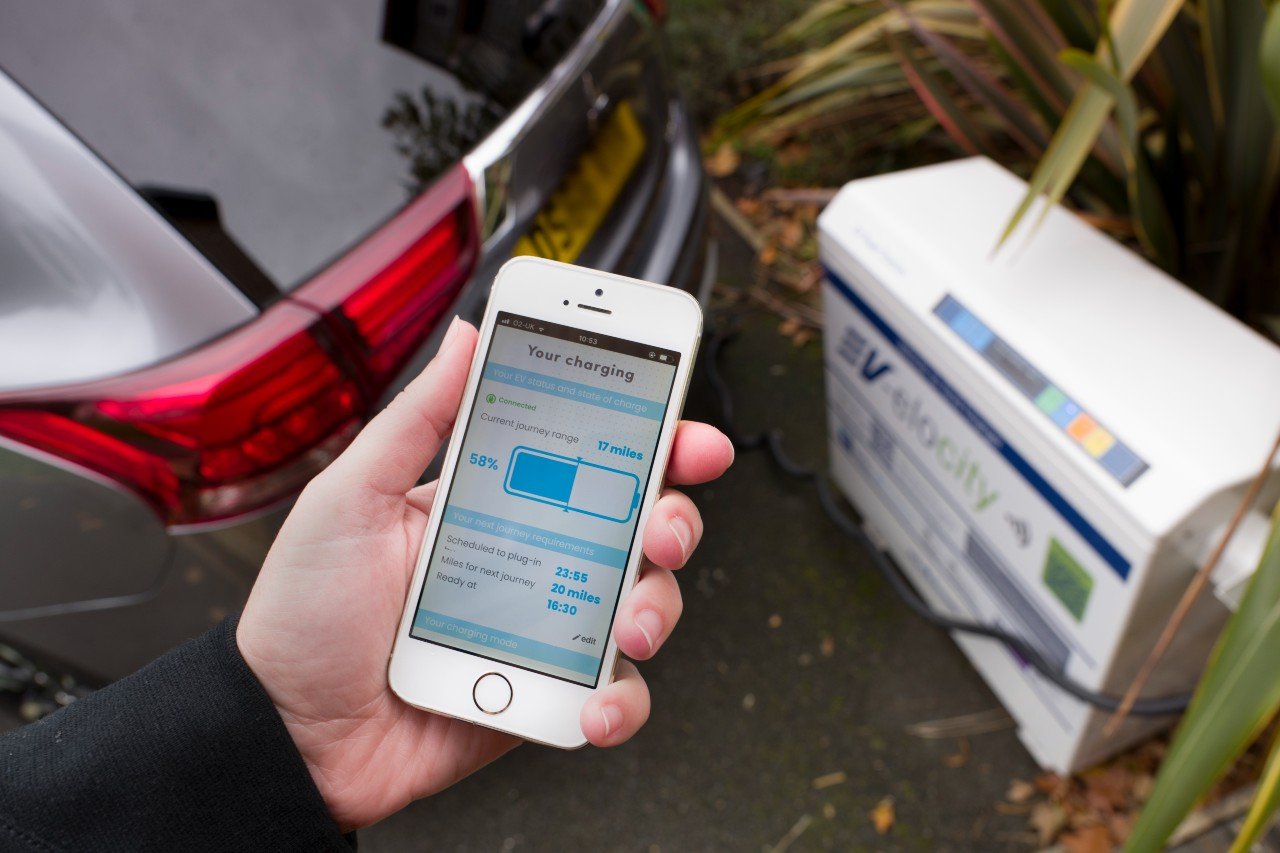
Vehicle-to-grid charge points can improve battery life in electric vehicles and reduce carbon emissions and costs of charging, a government-funded project has found, writes the University of Nottingham in a press release.
Research from the EV-elocity project, involving academics in the university’s Faculty of Engineering, shows that, by careful charging and discharging, EV battery degradation can reduce by one-eighth, and, in some situations, up to 450 kg of emitted carbon dioxide (CO2) or £400 could be saved per vehicle each year.
Vehicle-to-grid (V2G) can balance the calendar and cycling aging (both of which affect the rate of battery degradation) to optimise the battery condition and improve its health by 8.6 – 12.3 percent over one-year’s operation, compared to conventional charging alone – equivalent to one extra year of use.
In cost-terms, V2G tariff optimisation can save around £100 per year per chargepoint on normal business electricity tariffs, with up to £400 saved on a smarter tariff.
Environmental benefits
If managed to maximise the environmental benefit, nearly half a tonne of annual CO2 emissions can be saved, and significant savings (over 180 kg) can be made even when reducing cost is the main goal.
“A key challenge for an optimum application of V2G technology is to synchronize the needs and requirements of the users and the energy and transport systems,” said Professor Lucelia Rodrigues, Professor of Sustainable and Resilient Cities
Chris Rimmer, Infrastructure Strategy lead at Cenex and lead project manager, said: “Our conclusions show that it is not necessary to trade-off financial, environmental and asset lifetimes when charging Electric Vehicles. Cost, carbon, and conditioning benefits can all be gained when V2G is used intelligently with fleet vehicles.”
Professor Rodrigues added: “Our work correlated variables such as user needs, mobility patterns and renewable electricity generation to evolve different possible scenarios for the application of V2G chargers, with a view of maximizing local renewable energy consumption, lowering costs for the user, improving battery life and reducing carbon emissions from the whole system.”
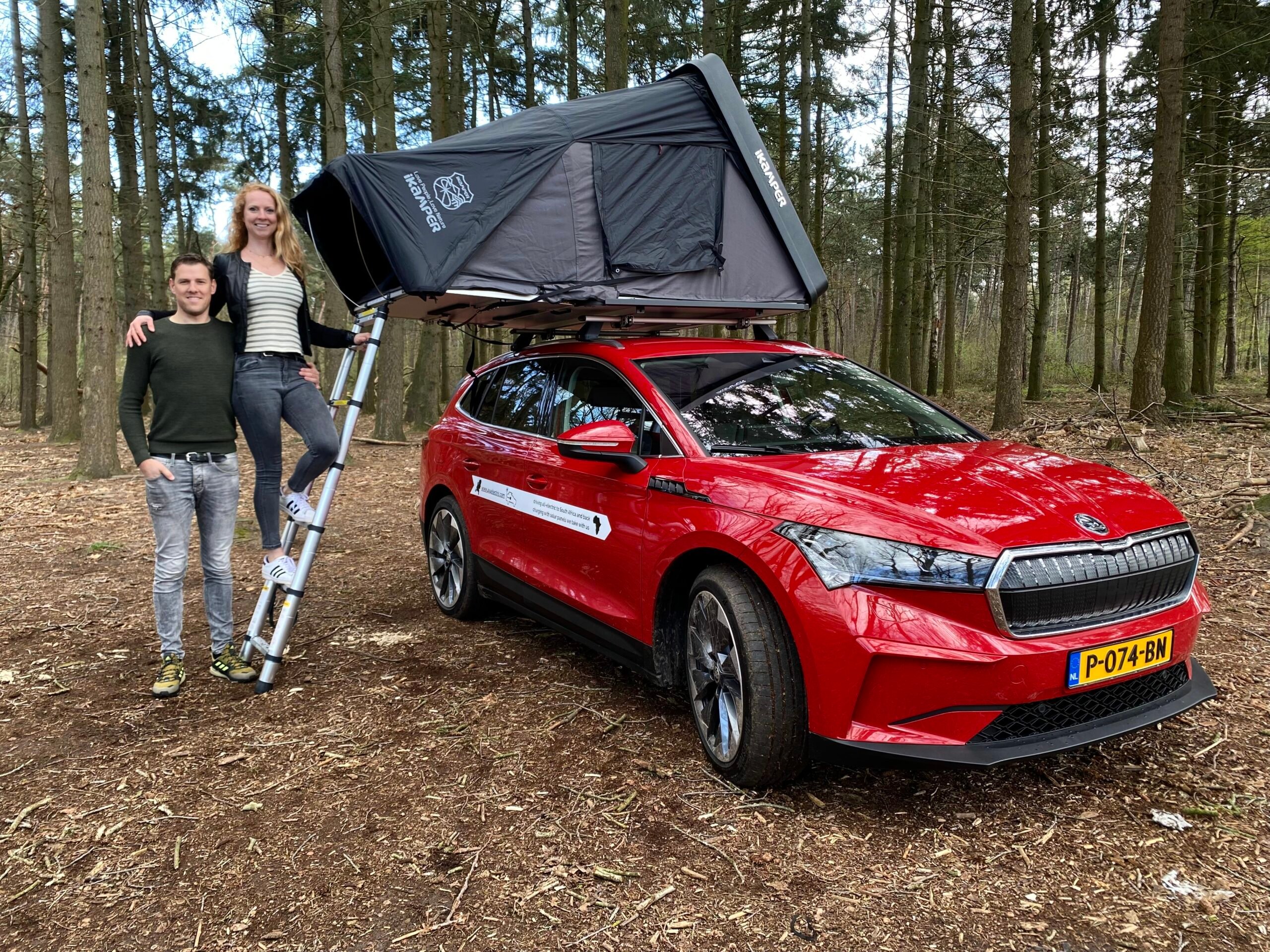
Extending battery life
“Our experimental research highlighted the potential to extend battery life by exploiting the unique capability of V2G chargers to both charge and discharge the vehicle battery”, commented Professor James Marco of Warwick Manufacturing Group. “By careful optimisation of this process and knowing how the battery performance may degrade over time, it is possible to condition the battery to extend its life in a number if situations when compared to conventional methods of vehicle charging.”
The EV-elocity Project was funded by Innovate UK, the Department for Business, Energy and Industrial Strategy, and the Office for Zero Emission Vehicles between September 2018 and January 2022; it was led by Cenex and comprised CrowdCharge, Leeds City Council, Nottingham City Council, University of Nottingham and University of Warwick in a second phase from January 2020.
Selected for you!
Innovation Origins is the European platform for innovation news. In addition to the many reports from our own editors in 15 European countries, we select the most important press releases from reliable sources. This way you can stay up to date on what is happening in the world of innovation. Are you or do you know an organization that should not be missing from our list of selected sources? Then report to our editorial team.



